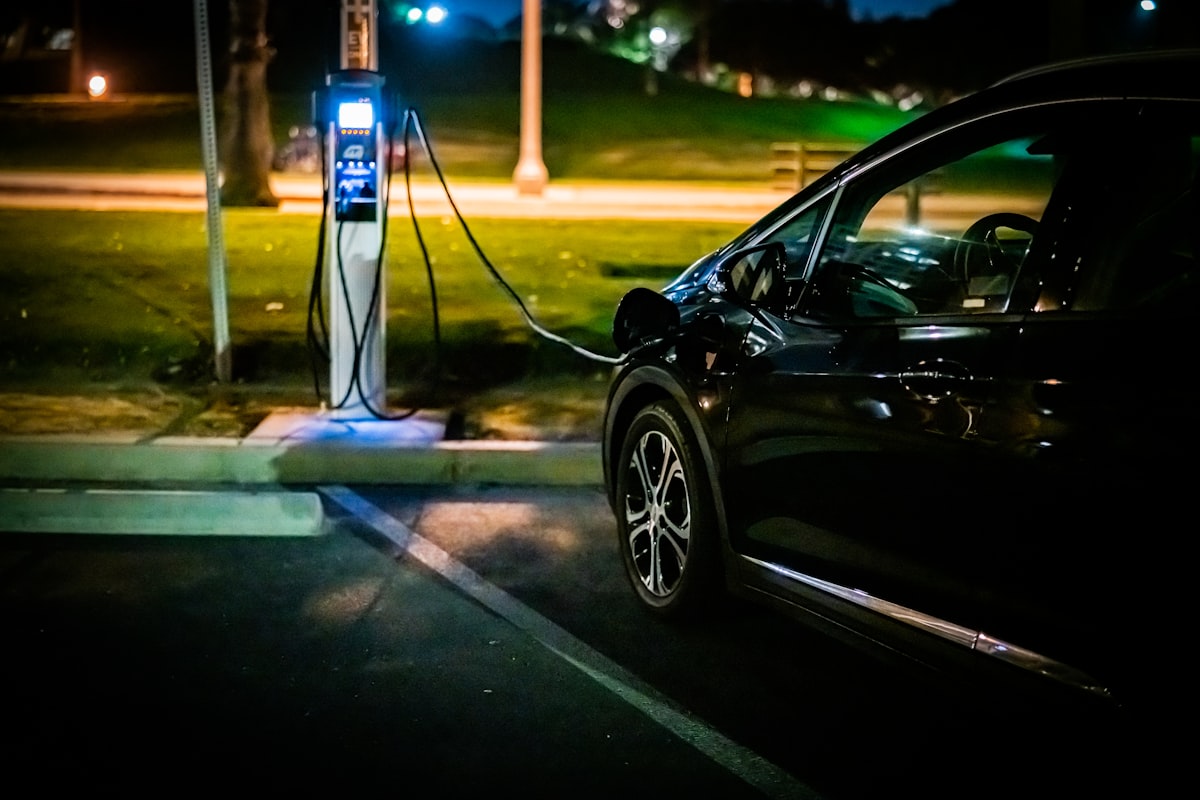NW Region EV Charger Installation Regulations
The increasing adoption of electric vehicles (EVs) has prompted many regions to establish regulations for the installation of EV chargers. These regulations ensure the safety and efficiency of charging infrastructure. In the Northwest (NW) region, specific guidelines have been introduced to govern both residential and commercial EV charger installations. Understanding these regulations is essential for homeowners, businesses, and installers.
Permits and Licensing
Before installing an EV charger, obtaining the necessary permits is mandatory. The process varies by location but generally involves submitting an application detailing the installation plan. The plan should illustrate the charger’s location, electrical specifications, and any potential impacts on the local grid. Licensed electricians must carry out installations to comply with state electrical codes and ensure safety. Local authorities may require inspections to verify compliance with the proposed plan and applicable standards.

Types of EV Chargers
EV chargers are classified into three levels based on their power output and charging speed:
- Level 1: Uses a standard 120-volt outlet. It provides the slowest charging rate, typically adding 3-5 miles of range per hour. Suitable for home use.
- Level 2: Uses a 240-volt outlet similar to those used by large appliances. It offers faster charging, averaging 10-20 miles of range per hour. Appropriate for residential, workplace, and public charging stations.
- Level 3 (DC Fast Chargers): Utilizes direct current and provides the quickest charge, adding 60-100 miles of range in 20 minutes. Predominantly used in commercial settings and along highways.
The NW region regulations may specify which types of chargers are permissible in certain areas. For instance, DC fast chargers might be limited to commercial zones due to their high-power requirements and potential impact on the electrical grid.
Installation Requirements
Proper placement of EV chargers ensures safety and convenience. The NW region mandates certain standards for installation:
- Proximity to Electrical Panels: Chargers should be installed close to electrical panels to minimize the length of wiring needed. This reduces voltage drop and potential fire hazards.
- Conduit Use: Installations must use appropriate conduit for wiring to protect against physical damage and environmental factors.
- Grounding: Chargers must be properly grounded to prevent electrical shocks and ensure system protection. Following national electrical codes for grounding is a regulatory requirement.
- Pole or Wall Mounting: Depending on the charger type, mounting must provide stability and durability. Wall-mounted chargers should be installed at ergonomic heights, while pole-mounted units should be anchored securely.
Accessibility Considerations
Equity in access to EV charging infrastructure is a priority. Regulations in the NW region emphasize the importance of handicap-accessible charging stations in public and commercial areas. Installations must provide adequate space for wheelchair maneuverability and ensure that all controls are within reach. Signage and pavement markings may also be required to designate accessible charging spots.
Network Connectivity
Modern EV chargers often come equipped with network connectivity features. These capabilities allow for remote monitoring, maintenance, and user access management. Regulations may mandate integration with existing networks or specify protocols for secure data transmission. Compliance with cybersecurity standards is crucial to protect user data and ensure operational integrity.
Environmental Impact
Installation practices in the NW region prioritize minimizing ecological impact. Environmental regulations focus on:
- Site Selection: Avoid locations that could disrupt natural habitats or protected areas. Installations should consider the impacts on local flora and fauna.
- Material Use: Preference for sustainable, low-impact materials in installation components, such as cables and housings.
- Waste Disposal: Proper disposal and recycling of installation materials, including old wiring and packaging, to reduce landfill waste.
Incentives and Rebates
Financial incentives encourage the adoption of EV chargers. The NW region offers various rebates and tax credits to offset installation costs. Homeowners and businesses can apply for these programs, which may cover a significant portion of the expenses. Utility companies may also provide discounts on installation costs or reduced rates for electricity used for charging EVs.
Future-Proofing Installations
Regulations often push for future-proofing strategies to accommodate the increasing demand for EV chargers. Methods include:
- Scalable Infrastructure: Install electrical capacity that supports potential upgrades, such as adding more chargers or increasing power levels.
- Smart Charging Systems: Implement systems capable of load management to prevent overloading the electrical grid. Smart chargers can optimize energy distribution during peak times.
Interoperability Standards
Ensuring different brands and models of chargers can work together is crucial for user convenience. The NW region may impose standards for interoperability, requiring installations to support various EV makes and models. Compliance with standards like the Open Charge Point Protocol (OCPP) facilitates seamless operation and maintenance, enhancing user experience.
Safety Precautions
Safety is paramount in EV charger installations. Key safety measures include:

- Overcurrent Protection: Prevents circuits from overheating, which can cause fires. Installers must ensure chargers include overcurrent protection devices.
- Weatherproofing: Outdoor installations must be weatherproof to safeguard against rain, snow, and temperature extremes. This includes using enclosures rated for outdoor use.
- Regular Maintenance: Routine inspections and maintenance are necessary to ensure long-term safety and functionality of the chargers.
Compliance and Penalties
Strict compliance with installation regulations is enforced through regular inspections. Non-compliance can result in penalties, including fines and mandatory modifications to bring installations up to code. Continued violations may lead to legal actions or revocation of installation licenses for contractors.
Public Awareness and Education
Educational programs aim to inform the public about the benefits and requirements of EV charger installations. These initiatives help increase acceptance and widespread adoption of EVs. Public agencies and private organizations may conduct workshops, distribute informational materials, and engage with communities to disseminate knowledge.
Understanding and adhering to the NW region’s EV charger installation regulations ensure a safe and sustainable transition to electric transportation. By following these guidelines, we can support the growing network of efficient and reliable charging infrastructure.
“`
Recommended EV Accessories
NOCO GENIUS10 Smart Charger – $79.95
Advanced battery maintainer and charger.
EV Charging Station Guide
Navigate the EV charging landscape.
As an Amazon Associate, we earn from qualifying purchases.




Subscribe for Updates
Get the latest articles delivered to your inbox.
We respect your privacy. Unsubscribe anytime.